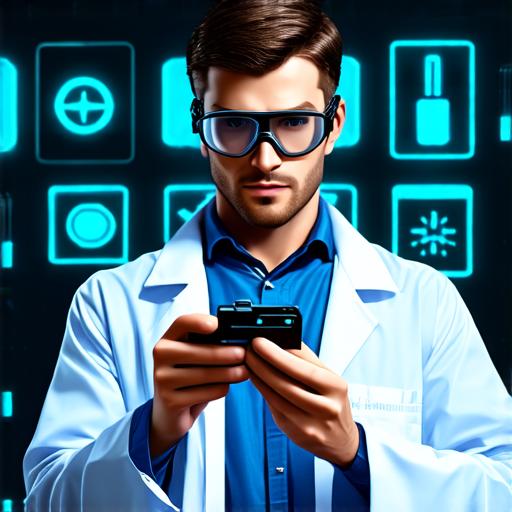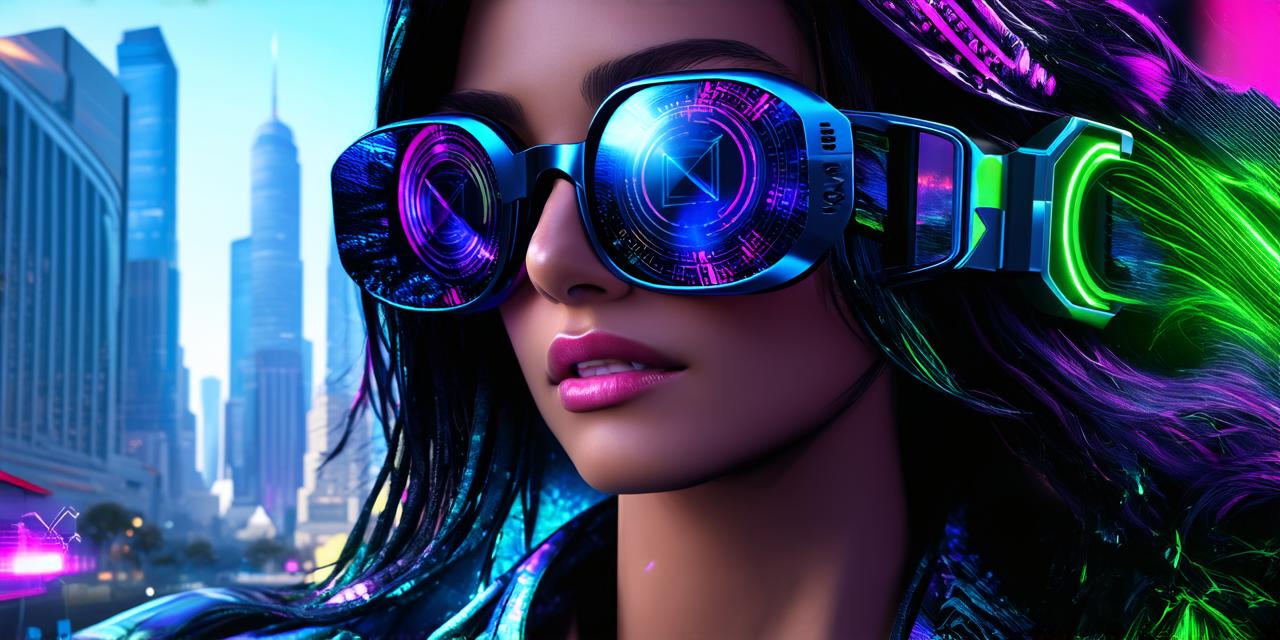Augmented reality (AR) is an exciting and rapidly evolving technology that allows us to overlay digital information onto the real world. AR has numerous applications across various industries, from entertainment to healthcare.
1. Superimposition
Superimposition is one of the most common forms of AR. It involves overlaying digital objects onto the real world in a way that they appear as if they are physically present in the same space. For example, with the help of AR apps, you can see virtual furniture or artwork in your home before buying it or hanging it up.
Case Study: IKEA Place
IKEA Place is an AR app developed by IKEA that allows users to visualize how different pieces of furniture would look in their homes. The app uses superimposition to create a realistic and immersive experience for users. By simply pointing your phone or tablet at the ground, you can see virtual furniture placed in your room as if it were really there. This helps users make more informed purchasing decisions and reduces the risk of buying furniture that doesn’t fit their space or style.
2. Tracking
Tracking involves using AR technology to track the movement of real-world objects and then overlaying digital information onto them. For example, with AR apps, you can see virtual information about a landmark, monument or building when you point your phone at it.
Case Study: Snapchat Filters
Snapchat filters are a great example of tracking-based AR. When you use a filter in Snapchat, the app uses your phone’s camera to track your location and then overlays digital information onto your image or video. For example, you can add a virtual rainbow filter to a photo of yourself standing in front of a rainbow, or add a virtual mustache filter to a photo of yourself.
3. Projection
Projection involves projecting 3D models or images onto physical objects or surfaces. This creates the illusion that the digital objects are physically present in the same space as the real-world objects. For example, with projection-based AR, you can see virtual advertisements or product displays projected onto buildings or billboards.
Case Study: Pokémon Go

Pokémon Go is an AR game that uses projection to bring virtual creatures into the real world. When you play Pokémon Go, your phone’s camera projects virtual creatures onto physical objects or surfaces in your environment. This creates a fun and engaging gameplay experience for users.
4. Interaction
Interaction involves allowing users to interact with digital objects in the real world. For example, with AR apps, you can use gestures or voice commands to control virtual objects or perform actions on them.
Case Study: Google Lens
Google Lens is an AR app that allows users to scan objects in the real world and then overlay digital information onto them. For example, you can use Google Lens to scan a barcode or QR code and then see product information or reviews. You can also use Google Lens to translate text or identify objects using your phone’s camera.
5. Augmented Clothing
Augmented clothing involves using AR technology to create clothing that changes color, texture or design depending on the environment or user input. This creates a unique and interactive experience for users.
Case Study: Nike HyperFit
Nike HyperFit is an AR app that allows users to try on virtual shoes or clothing in their homes before buying them. The app uses augmented clothing technology to create a realistic and immersive experience for users. By simply pointing your phone at your feet, you can see how different types of shoes would look on your feet as if they were really there.
